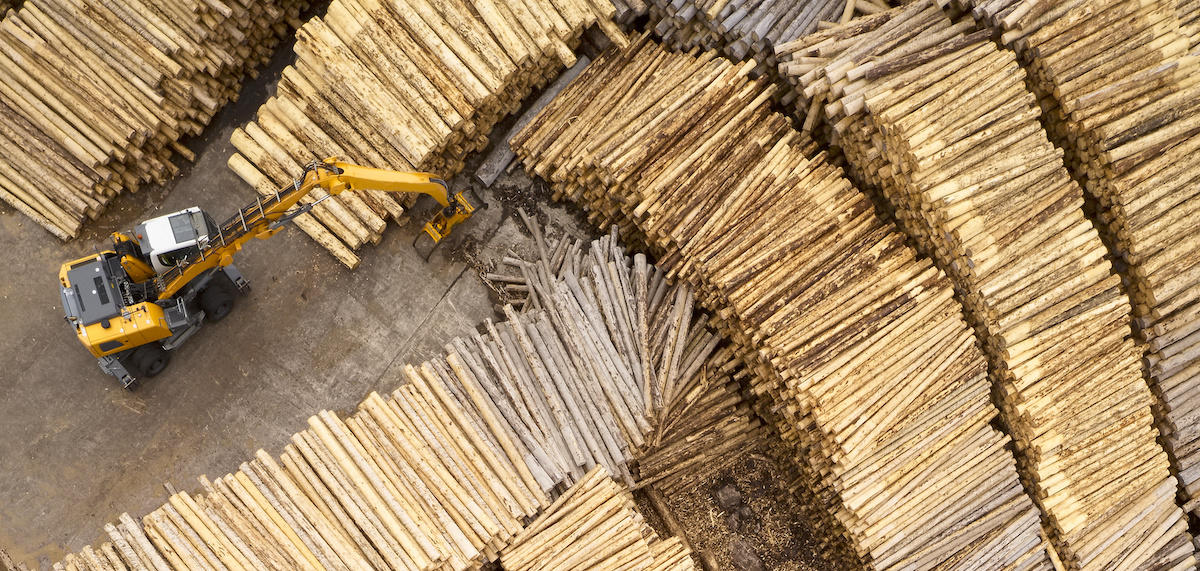The demand for lumber from builders, remodelers, and at-home DIYers helped drive prices up to $1,600 per thousand board feet, but recent price declines reflect dwindling demand and ramped up production. The New York Times reports that the country’s 3,000 sawmills have increased production, adding extra shifts and reviving previously idle mills. The DIY sector has backed off too, says a lumber industry expert. Homeowners are returning to pre-pandemic activities and stimulus checks have run dry, leaving less funds for home improvement projects. Even home builders pulling back and halting on construction has influenced lumber prices.
Those decisions by consumers and companies are a major reason some analysts think the recent rise in inflation is the result of temporary mismatches in supply and demand, rather than a harbinger of runaway price increases stoked by all the money pouring into the economy.
The Federal Reserve has created trillions of new dollars since the coronavirus hit and kept interest rates at rock-bottom levels. At the same time, the federal government is running record deficits, driven by spending on relief measures like stimulus checks, enhanced unemployment benefits and small-business relief efforts in a bid to hasten the recovery from the pandemic.
Recent economic indicators have given credence to the idea that all that easy money will trigger inflation: In May, the Consumer Price Index, a broad measure of the costs of typical items that Americans buy, rose 5 percent compared from a year earlier — the fastest pace in 13 years.
But runaway inflation of the kind seen in the United States in the late 1960s and 1970s is a psychological process as much as an economic one. When inflationary expectations take hold, people become convinced that prices are on a never-ending escalator. They rush to buy now, at any price, and increases become a self-fulfilling prophecy.
Instead, the lumber market’s behavior is a sign of consumer sanity, said Kristina Hooper, chief global market strategist at the investment management firm Invesco.












